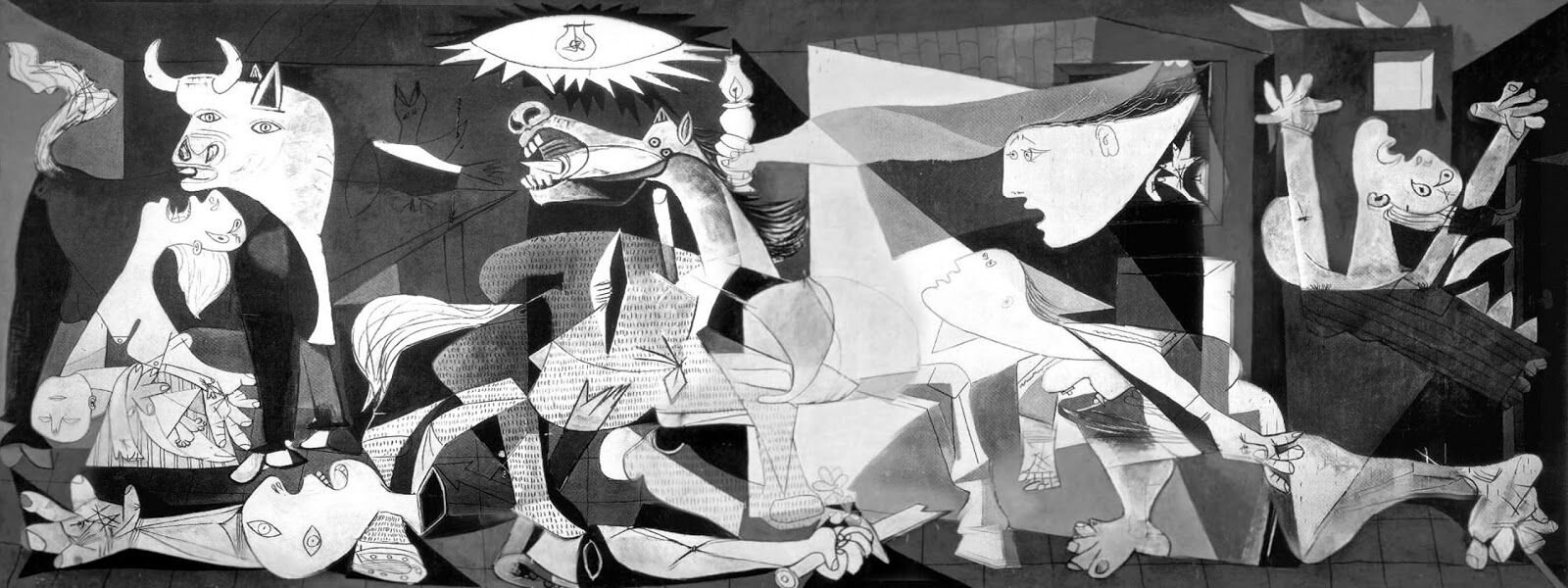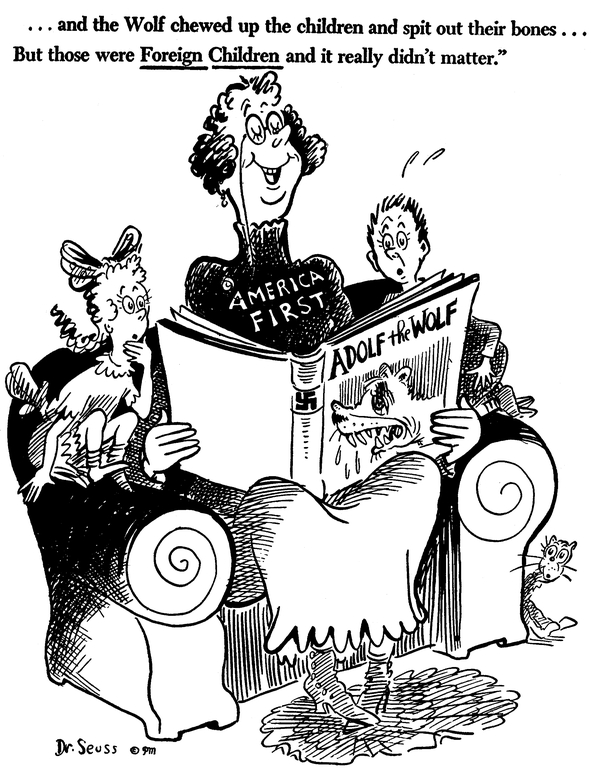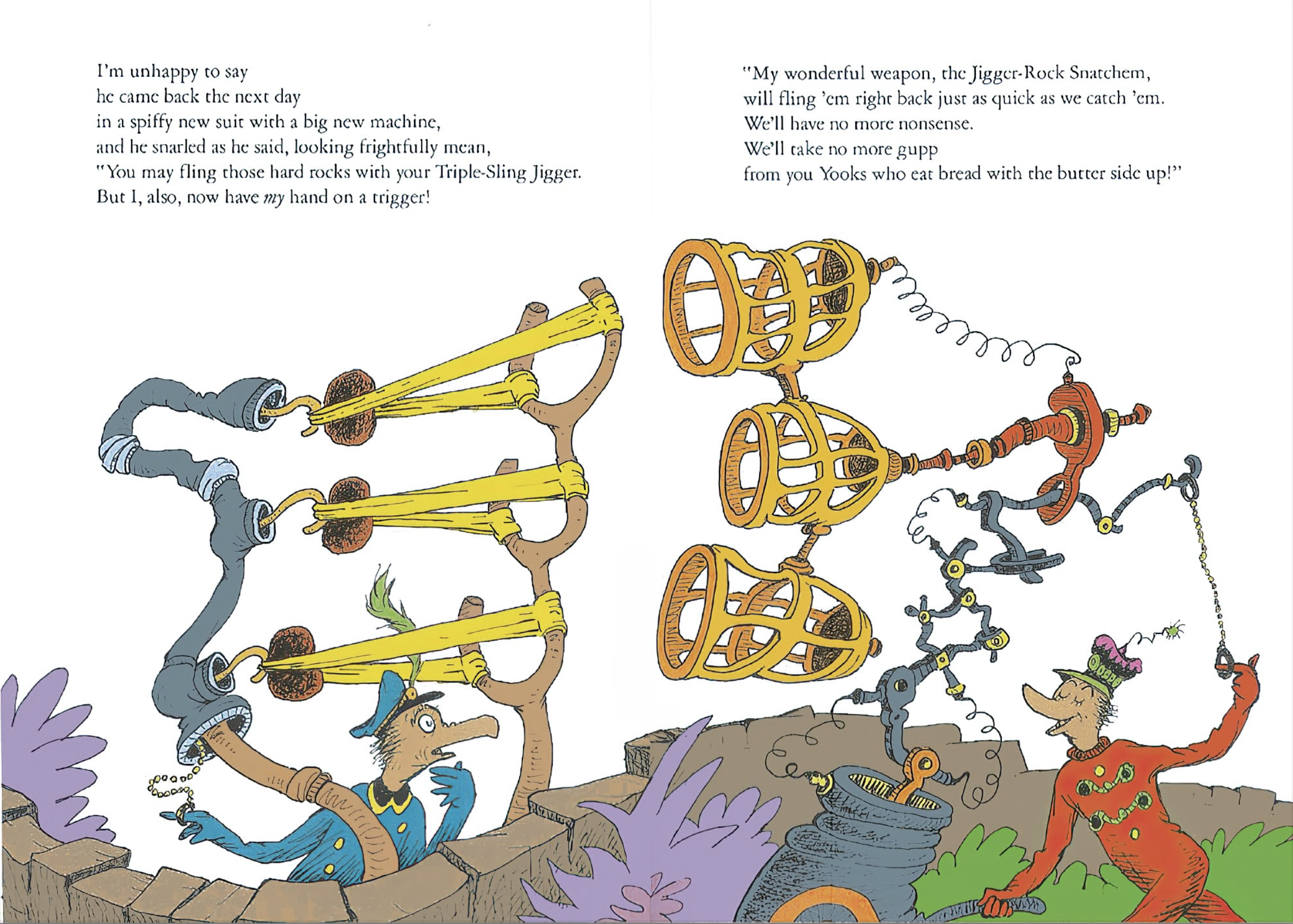[Question motivated by personal interest: I’m asking for myself, not for my employer.]
I’m interested in a wide variety of media; the two most important factors here seem to be relevance to EA and the inherent coolness of the artwork. We could use this an opportunity to crowdsource examples and kick off a conversation about art and EA if there’s one that “wants to happen.”
Some things to consider:
- Creative data visualizations
- Animations or videos
- E.g. Kurzgesagt stuff like Worst Nuclear Accidents in History or The Egg - A Short Story
- Comics or graphic novels
- AI-generated art
- (you could make the case that it’s a useful illustration of growing capabilities of AI)
- E.g. DALL·E: Creating Images from Text, or this AI-generated art on Twitter
- Symbolic art
- E.g. Proposed Longtermist Flag (see the comments)
- Especially cool scientific art
- E.g. penicillin art, or pretty scientific illustrations like this and this (although they might be less relevant)
- Relevant photography
- E.g. Peaceful protester/armed police pictures, or these photos of chickens (potentially less relevant)
- Fiction or other writing
- We’ve had a variety of places to collect instances of creative writing, but I see no reason to exclude it if you think of something
- Musical works (although there’s already a question on the topic)
- Board and video games?
- E.g. the paperclips clicker game (warning: don’t click if you’re easily addicted to something and don’t have a few hours)
- Random EA-related art
- Inspirational art
- Visual art that inspires compassion towards the very neglected
- Insightful art
- ...including parodies and satires
If you don’t think the relevance of your answer(s) is obvious, you might consider explaining it.
If you’ve made some art you think is relevant, I’d really love to see it. I realize that it’s quite intimidating to post art (at least to me), but even if you don’t want to share publicly, I’d really appreciate any private sharing you’re comfortable with. (But I do encourage you to share it on the Forum if you can!)
Some relevant tags and posts:





To learn illustrator, I created a few posters for EA Denmark:
Global poverty: https://i.imgur.com/SMEUmUE.jpg
Animal welfare: https://i.imgur.com/9aXYVNw.jpg
Existential risk: https://i.imgur.com/6sLdojT.jpg
Longtermism: https://i.imgur.com/PS4Ap8J.jpg
I didn't pay to acquire the rights for the assets I burrowed so they just hang in my room :)
Thank you for sharing these! (A great way to learn Illustrator, I'd bet.)